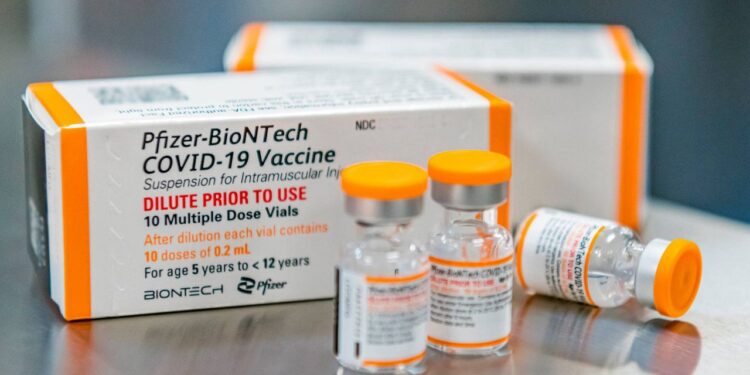King County health officials report a significant summer increase in COVID-19 cases and hospitalisations, marking the highest emergency room visit rates for the virus this year.
Data from Seattle and King County Public Health shows 111 people were hospitalised with COVID-19 during the week of August 10. The county’s dashboard indicates emergency room visits for COVID-19 have reached their peak for 2024, though levels remain lower than the same period last year.
“COVID-19 remains a very real health threat, and this is particularly important for high-risk individuals,” said Dr. Eric Chow, Chief of Communicable Disease Epidemiology and Immunisation at Seattle and King County Public Health. “COVID-19, with this increase, really expands the time of year when we should take these precautions and think about these respiratory illnesses.”
The summer surge challenges traditional assumptions about respiratory illness patterns, which historically peak during colder months. Health officials acknowledge uncertainty about the underlying causes of these seasonal increases.
“The question is certainly on all our minds,” Dr. Chow explained. “It could be several different reasons, including how COVID-19 spreads from person to person and what people are doing at this point in the year.”
Officials monitor COVID-19 trends through multiple data sources including emergency room visits, positive test results, and wastewater surveillance from treatment plants. New variants are contributing to the current uptick in cases, according to health authorities.
Some residents have adapted their expectations to accommodate ongoing viral circulation. “I think it’s probably just going to be the norm, I guess,” said Tyler Bartholomew from Seattle. “We’ve been hearing that since COVID-19 pandemic times – it’s just going to be a norm of our life and hopefully it gets less and less as more people are vaccinated.”
County vaccination data reveals nearly 19 per cent of residents received at least one COVID-19 vaccine dose in the past year. However, Dr. Chow notes current vaccine availability may be limited as manufacturers transition between last year’s formulation and updated versions.
Given potential vaccine accessibility challenges, health officials emphasise alternative protective measures. Recommendations include staying current with vaccinations for individuals six months and older, whilst those with pre-existing health conditions should consider additional precautions such as well-fitted masks and improved ventilation.
The summer surge reflects COVID-19’s evolution into a year-round health concern rather than a seasonal phenomenon, requiring adjusted public health messaging and individual risk assessment strategies.
The data underscores the importance of maintaining awareness about respiratory illness prevention beyond traditional cold and flu seasons, particularly for vulnerable populations who face higher risks from COVID-19 complications.







